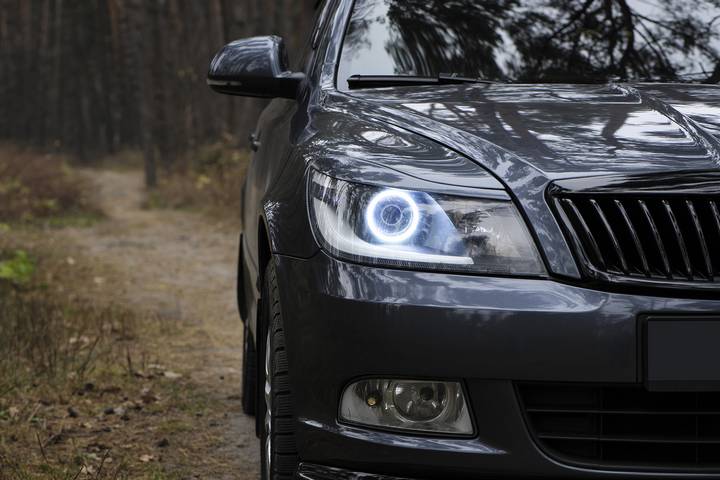There’s one thing you need when driving in bad weather: the right headlights. Bad weather is a recipe for disaster on the road. However, the right headlights can help you navigate out of the worst weather by giving you the good visibility you need to see where you are going.
Below are six types of headlights and how they work:
Type #1: Halogen Headlights
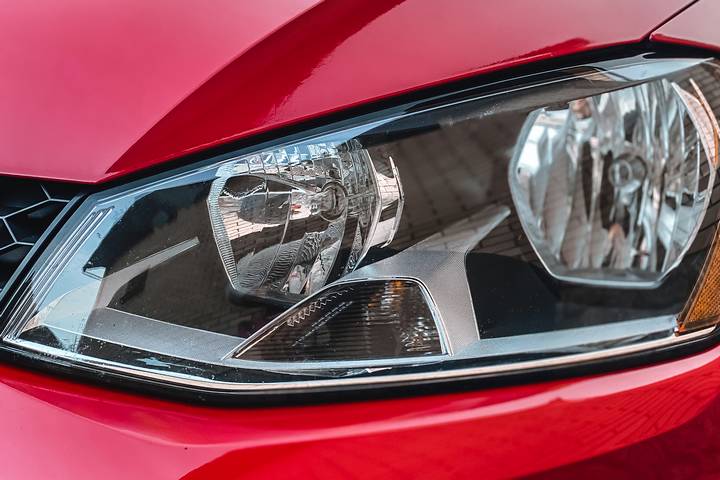 Also called composite headlights, these are the most popular among drivers. They can mostly be found on modern vehicles and are an improvement over the sealed-beam incandescent headlights that used to feature on old cars.
Also called composite headlights, these are the most popular among drivers. They can mostly be found on modern vehicles and are an improvement over the sealed-beam incandescent headlights that used to feature on old cars.
Halogen headlights, like the sealed-beam incandescent headlights, have bulbs with burning filaments that emit light. What sets halogen lights apart from their predecessors is the combination of gases around their filament, which makes them burn longer and brighter without making the inside of the bulb black.
Among the advantages of halogen lights is that they are cheaper to manufacture compared to the other types. You can, therefore, replace them cheaply. Besides, they are dimmable, small, and easy to source and replace.
The downside, however, is that they cast a yellowish hue. While this may be a good thing in foggy conditions, if you would rather have bright white lights, you may have to consider other types. Besides, halogen headlights illuminate a shorter distance than laser, HID, and LED headlights.
The lifespan of halogen headlights is between 450 and 1000 hours, which is much shorter than that of other types. The cost for a bulb is between $10 and $20, but you will need at least an extra $100 to have your headlight assembled.
Type #2: LED Headlights
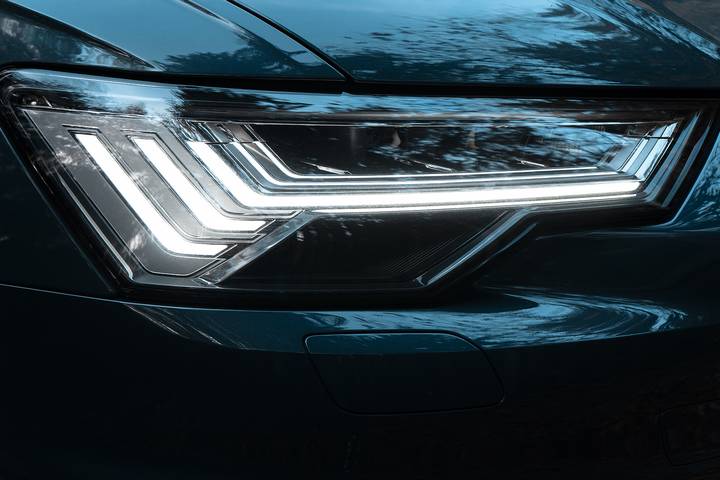 Short for Light-Emitting Diode, these bulbs illuminate the area in front of your car through electroluminescence. The system shoots electrons into a semiconductor with positively charged holes, releasing photons and emitting light. This is the technology you will find on the majority of LED-screen consoles or dashboard lights.
Short for Light-Emitting Diode, these bulbs illuminate the area in front of your car through electroluminescence. The system shoots electrons into a semiconductor with positively charged holes, releasing photons and emitting light. This is the technology you will find on the majority of LED-screen consoles or dashboard lights.
LED headlights project a white, bright light that casts light onto the road about a mile ahead and doesn’t blind oncoming vehicles.
Among key advantages of LED headlights is that they have small semiconductors, which can snugly fit in small spaces to allow sleeker and flexible headlight designs that make assembling auxiliary components such as turn signal lights a breeze. Besides, LEDs emit a variety of colours. They can also be quickly switched on and off and are energy-efficient.
LED headlights are, however, costlier than halogen bulbs because they are structured differently to keep the base-emitter from overheating. They have a lifespan of between 10,000 and 30,000 hours since they don’t heat as much as halogen lights. In some cases, LED lights can last as long as the vehicle. The bulb costs $100, but to assemble a pair, you will need upwards of $600 to $1,300.
Type #3: Xenon/HID Headlights
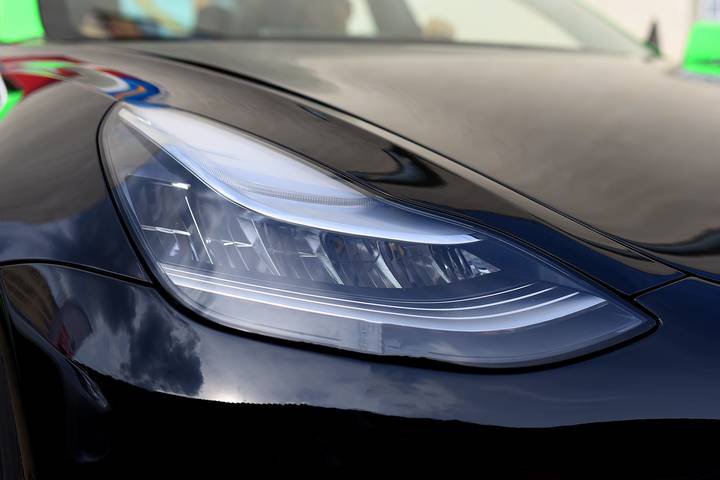 These lights are referred to, variously, as High-Intensity Discharge (HID) or Xenon lights. They are commonly found on top-of-the-range vehicles and feature a mix of argon and xenon gases and vaporized metals that produce a striking, bright, bluish-white light. However, this light doesn’t scatter as far as yellow light.
These lights are referred to, variously, as High-Intensity Discharge (HID) or Xenon lights. They are commonly found on top-of-the-range vehicles and feature a mix of argon and xenon gases and vaporized metals that produce a striking, bright, bluish-white light. However, this light doesn’t scatter as far as yellow light.
The advantage of using HID headlights is that the bluish-white hue they emit allows them to illuminate long distances. They also scatter less than yellow lights, which means they offer better visibility on the road ahead.
On the downside, HID or Xenon headlights have a lag of a few seconds to the time they reach their maximum strength. Besides, the excess bright light can blind oncoming cars or impair other drivers’ vision.
The highly focused light also means you are not likely to see anything that’s not within the range of the headlights’ illumination, making it extremely difficult to cross intersections, switch lanes, or park. HID lights have a lifespan of between 2,000 and 10,000 hours and have no filament, which means they can last for years. An HID bulb goes for $100, but you will need between $350 and $1,400 to assemble a pair.
Type #4: Laser Headlights
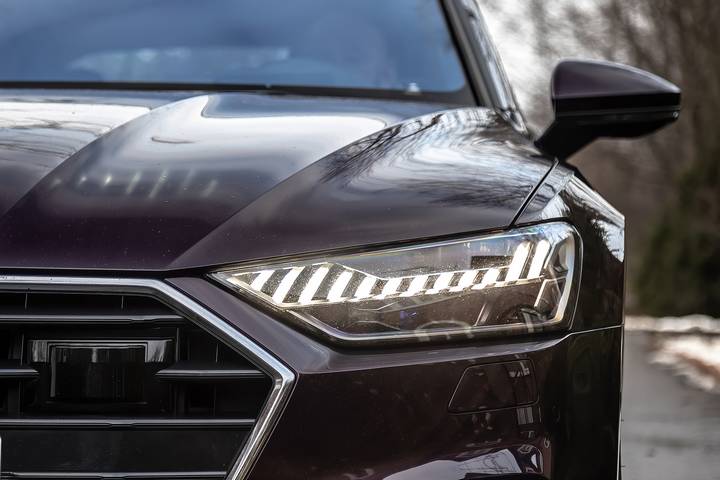 These headlights are the latest lighting technology in the auto industry. Laser lights work through chemiluminescence, which works by triggering a chemical reaction. How does it work? A laser beam is shone into a chamber, causing the phosphorus gas inside it to glow. Light from the gas is what you see in front of your car, not that of the laser beams.
These headlights are the latest lighting technology in the auto industry. Laser lights work through chemiluminescence, which works by triggering a chemical reaction. How does it work? A laser beam is shone into a chamber, causing the phosphorus gas inside it to glow. Light from the gas is what you see in front of your car, not that of the laser beams.
The greatest benefit of laser headlights is that they are highly efficient. Using half the energy of LED bulbs, they produce a thousand times the amount of light. Besides, they are ten times smaller than LED bulbs, which gives manufacturers the flexibility to come up with shallower assemblies. They are also easy to operate, highly adaptable, and far-reaching.
The problem, however, is that, although they emit more light, they also heat excessively, more so than LED lights. What this implies is that assembling them involves a unique built-in cooling system to keep the heat issue in check. Another thing is that, at the moment, they are only available in high beams. You have to pair them with HID, regular halogen, or LED headlights.
Compared to the other headlights, laser headlights are pricier. You will need a couple of thousand dollars to install them. They can last as long as 50,000 hours and only require low energy to run. To have them on your car, be prepared to fork out between $8,000 and $12,000.
Type #5: Reflector Headlights
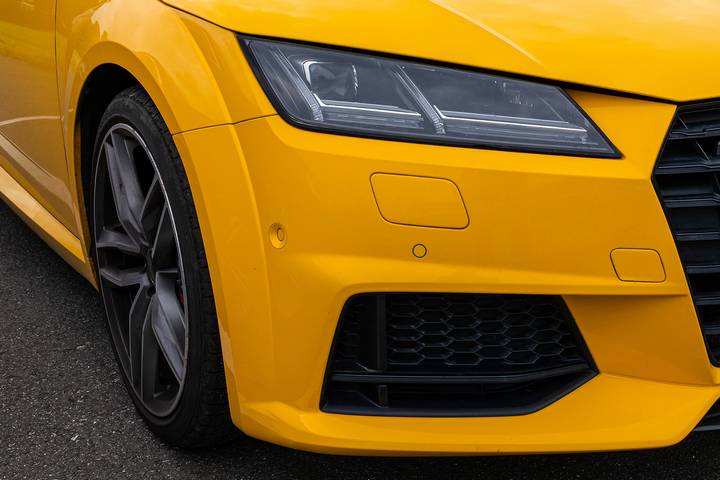 A reflector headlight is a bulb in a metal bowl. Earlier versions came in a sealed beam, which meant that you needed to replace the entire assembly if it stopped working. Modern versions, however, use mirrors placed inside the casing at specific angles. It also means that you can replace individual bulbs as opposed to replacing the entire system.
A reflector headlight is a bulb in a metal bowl. Earlier versions came in a sealed beam, which meant that you needed to replace the entire assembly if it stopped working. Modern versions, however, use mirrors placed inside the casing at specific angles. It also means that you can replace individual bulbs as opposed to replacing the entire system.
A reflector headlight is less expensive than a projector headlight. It is also compact and, therefore, takes minimal space. It’s uneven and sometimes produces dark spots, which could affect its performance on the road.
Type #6: Projector Headlights
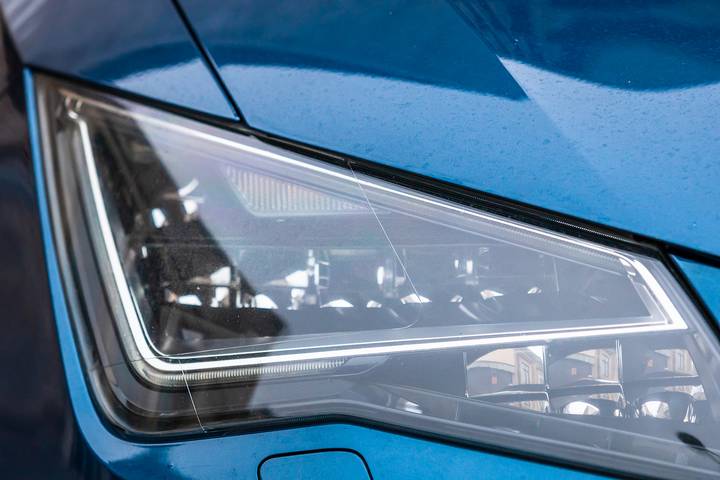 Unlike reflector headlights, these emit an even, brighter light. They feature a cutoff shield that focuses the light beam on the road. This way, the glare doesn’t blind oncoming drivers, a feature also found in HID headlights.
Unlike reflector headlights, these emit an even, brighter light. They feature a cutoff shield that focuses the light beam on the road. This way, the glare doesn’t blind oncoming drivers, a feature also found in HID headlights.
The design of projector headlights is more or less like that of reflector headlights. The only difference is that they feature a lens that makes the headlight a lot brighter.

